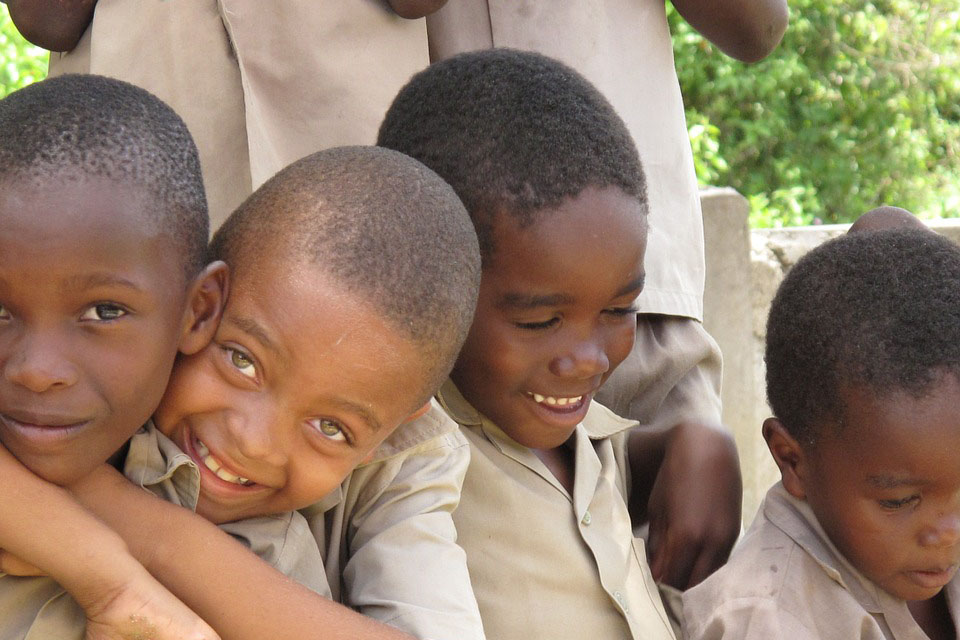
For the Commonwealth Member States in the Caribbean, boys’ academic underperformance and high dropout rates are a matter of great concern. COL’s Strategic Plan 2015-2021 places particular emphasis on addressing this gender issue. As a result, COL has been collaborating with PANOS Caribbean to design and develop a project focused on addressing the learning needs of “at-risk” boys in Jamaica and helping them to develop skills in preparation for entry into the labour force.
As part of the project planning process, an environmental scan was undertaken to map out work being done in the country with “at-risk” boys. To generate a full picture of the extent of the challenges faced by “at-risk” boys and the areas in greatest need of intervention, PANOS Caribbean conducted a focus group involving key stakeholders already working with the target group. Some of the findings from the focus group discussion shed more light on the definition of an “at-risk” boy.
The “at-risk” boy is between the ages of six and 18. He is at the margins of society, especially with respect to participation in the education system. He has excess time to spend and generally lives in poor conditions, in a home environment that has failed to provide him with the necessary social and economic support and introduction to skills and values, which are necessary for him to adapt and productively function within his community.
The “at-risk” boy experiences an absence of strong, nurturing, reliable parenting. In fact, many “at-risk” boys have been identified as “motherless boys,” as they have been deprived of the affection and attention usually given by the mother figure within the home. These boys are often sent to make a living on the streets. Due to their income-earning activities, they are frequently absent from school. Although the “at-risk” boy is enrolled in school and has attended school for a portion of his youth, he typically experiences learning and developmental challenges, which are often camouflaged by his disruptive and delinquent behaviour and generally go undetected and untreated. For “at-risk” boys, schools are merely day-care centres, and many go through several institutions during their primary and secondary years.
The clarification around the term “at-risk” boys in Jamaica will make COL and PANOS Caribbean better able to develop and design a project that will reach them and meet their needs.


